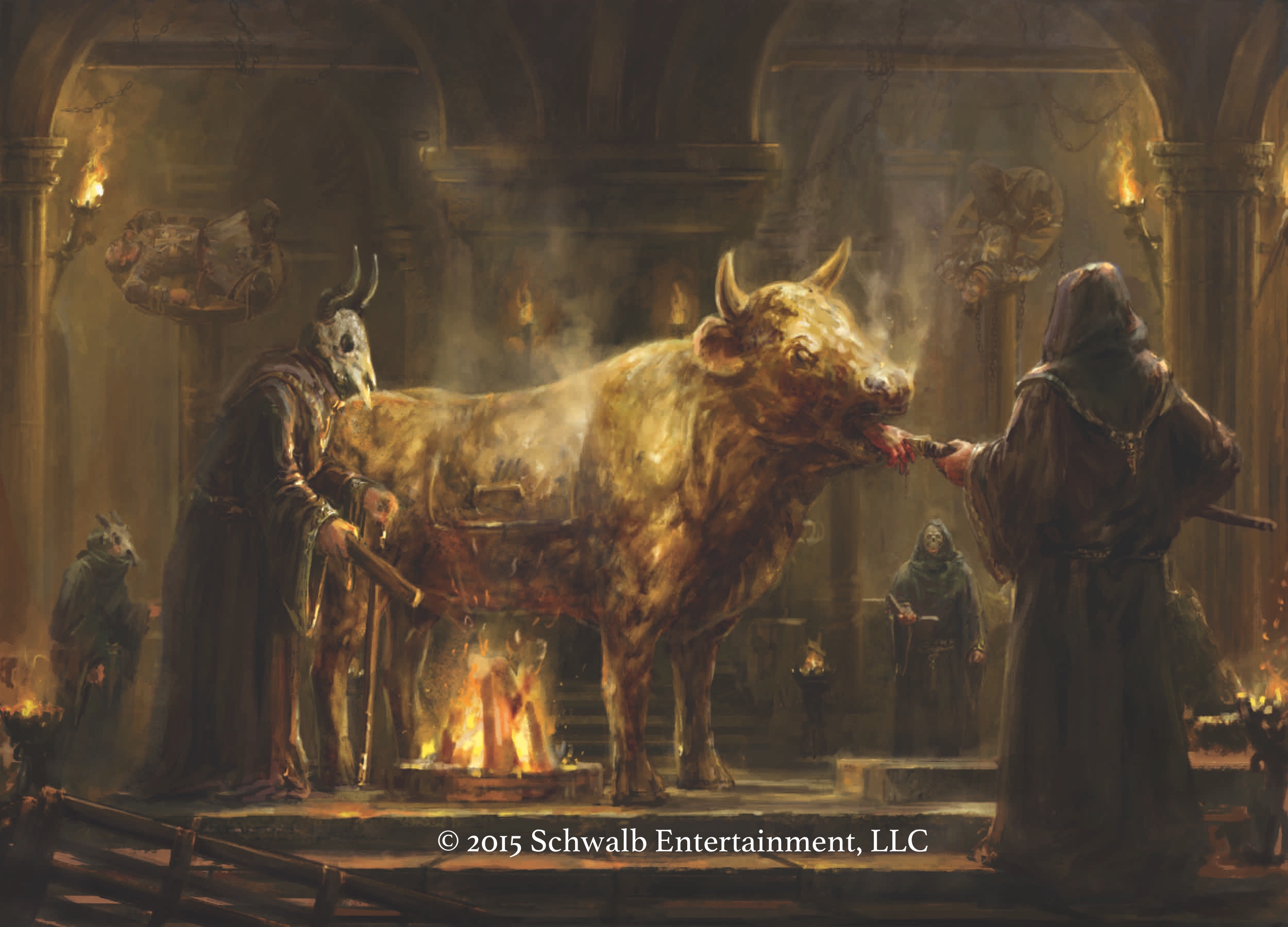Exploring the World through Adventures
I’m reluctant to say “never,” but it’s safe to say you’re not going to see a gigantic setting book for Shadow of the Demon Lord any time soon. Why? Well, it’s Steve Kenson’s fault. Many years ago, at one of the Green Ronin summits, Steve and I were discussing settings and adventures and he planted the seed in my brain that settings were best revealed through adventures rather than through giant gazetteers that must be read, digested, and, effectively, mastered to use properly. He pointed to Lost Caverns of Tsojcanth, Temple of Elemental Evil, the Dragonlance adventures and other classic scenarios that zoomed in on an area and brought it to life. Sure, we had the Greyhawk box, but it was all presented in broad strokes (and with curious attention on trees). If we wanted more information about the world, the adventures provided the stuff we needed to understand the plot, environment, and characters. And that was enough.
I enjoy setting books just like anyone else, but I consume them for ideas, inspiration, and for pleasure. I loathe running games set in them. The amount of work required to achieve setting mastery is more than I’m willing to perform for something that’s supposed to be fun. I’m never going to remember the name of that bartender in small town X or why he’s at all important, and nothing is going to light my hair on fire faster than having a player correct my error because she spent a lot of time devouring everything that’s been created for the setting.
So for my game, I’m embracing Kenson’s idea with all the enthusiasm its brilliance deserves. In many of the adventures I’ll be producing, you’ll get glimpses of peoples and places important to the adventure, enough for you to run the story and with enough wiggle room for you to make it your own. You can keep that information and make it true for your games, tweak it, or forget about it.
Look: The beauty of roleplaying games is that we take possession of them in ways no other entertainment media allows. We decide how we use the rules. We decide what stories we tell with those rules. And we use them to create worlds in our imaginations, populated by characters of our own creation, with dangers and rewards that matter to us. You bought the game, so use it however you like.
Starting this week, I’ll be releasing a series of short adventures by some of the best designers in the business. Each adventure reflects how the designer interprets my game and the world I sketched out in the rulebook. They provide you with the elements you need to tell a killer story with your friends. We’re starting with “The Slaver’s Lash” by Chris Pramas, a wicked little adventure for starting characters that you can also use for novice groups by ratcheting up the dangers a bit—not a lot, since it’s already nasty as hell. What I like most about this adventure is that it presents a situation and leaves it up to you to reveal it wherever it makes sense in your version of the world. It’s got some great characters you might revisit in later stories and encourages you to flesh out the environment in which the adventure takes place to make it yours. Plus, it’s by Pramas, so you know it’s going to be good.
Following Pramas’s adventures are a string of fantastic scenarios that include Bruce Cordell’s “A Year without Rain,” Steve Winter’s “The God Below,” Steve Kenson’s “The Apple of Her Eye,” Shane Hensley’s “Wretched,” a delightful adventure by Steve Townshend (see the image below), and many, many more.



